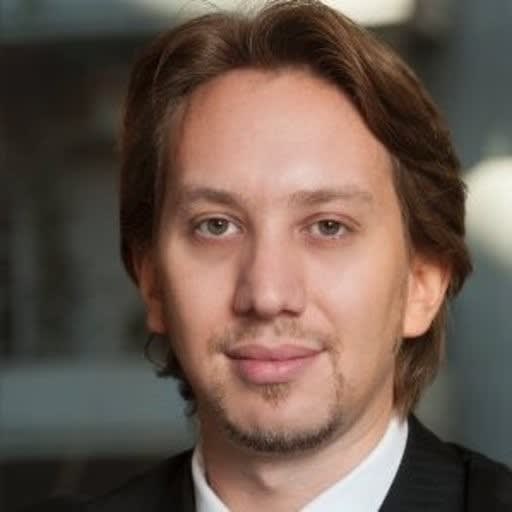Your blog for Outsourcing and Tech News

By Silvio Orta
13 min read

By Carlos Moreira
22 min read

By Silvio Orta
13 min read

By Pablo Riboldi
10 min read

By Jimmy E. Bonilla
11 min read

By Justice Erolin
16 min read

By Ezequiel Ruiz
11 min read

By Ezequiel Ruiz
14 min read

By Rodrigo Outumuro
5 min read

By Rafael D'Angelo
15 min read

By Alejandro Cordova
12 min read

By James Booth
11 min read












